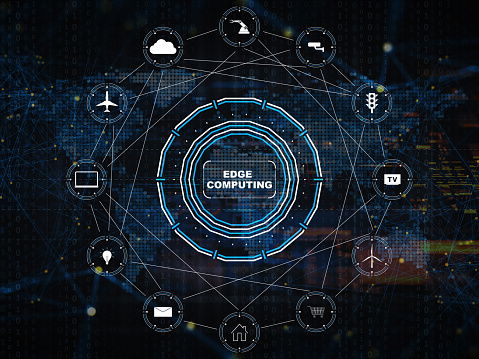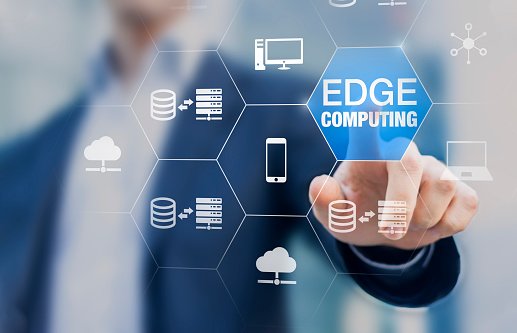
Edge computing refers to specialized computing platforms such as virtualization and remote access that are specifically targeted for small, mobile devices like smart phones. They offer many benefits including reducing data travel, sharing applications and files, and increasing productivity and workforce efficiency. It can reduce costs and improve productivity across all departments. This enables companies to gain access to processing power and storage capacity that would otherwise be taken up by more powerful machines at the offices. In effect, they allow companies to maximize their IT budgets.
The latest technology in edge computing is known as VDI or Virtual Digital Interactive Servers. This technology is best used in a data centre setting as opposed to end-users, who are typically in a browser on the web. With this service, large amounts of data can be processed in a way that maximizes server loads without having to wait on resources that are already committed in a particular machine. This results in increased productivity and reduced expenses. In connection to this topic, learn more about Edge computing here.
VDI was developed as a way to make edge computing work from a central server. Instead of having individual computers dedicated to processing applications, you can use one single computer as a platform to process data requests. With VDI, multiple independent processes can be run on the same machine. By running many servers on a single platform, the edge processor can run parallel workloads, taking advantage of multiple CPU cores and memory bandwidth. A large amount of processing power is then dedicated to this effort without bogging it down with other processes.
One of the benefits that comes along with VDI is the reduction in overall server load, which means a lower cost to support the operation. Because it takes less processing power to run the virtualization tools, you don't have to pay the high price tag that comes with them. In effect, you get more for less and it can help reduce overall costs for your company. The use of VDI and other off-site solutions are becoming increasingly common in data centers across the world. Visit this link, https://hivecell.com/ to learn about Virtual Digital Interactive Servers.
In order to take advantage of all that edge computing has to offer, companies need to invest in the technology. Today's data centers are expensive places to operate. They have to maintain security, control access, and maintain an environment that maintains high reliability. Because the main goal of any data center is to provide a stable infrastructure, these operations tend to run 24 hours a day and seven days a week. When you take into consideration the amount of hardware, communication, power, and memory required for running a data center, the added workload on IT professionals can be quite substantial.
In addition to helping to eliminate IT costs, using VDI offers a number of advantages. You will reduce your need for hiring additional staff, improve the performance of your employees while they are working, and allow people to access applications as quickly and easily as possible. In the process, you can use edge computing tools to increase the productivity of your overall business. This results in more sales, better customer relations, and higher profits. Check out this blog: to get enlightened more on this topic: https://en.wikipedia.org/wiki/Edge_computing.


